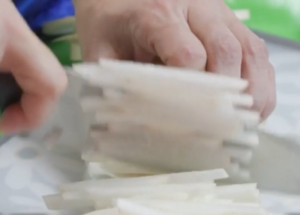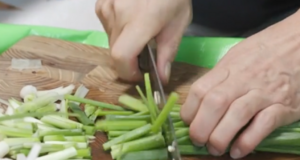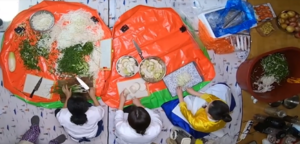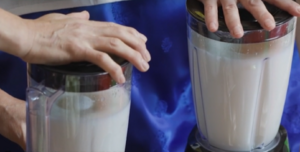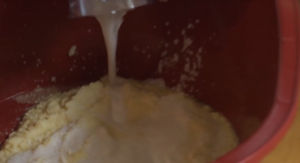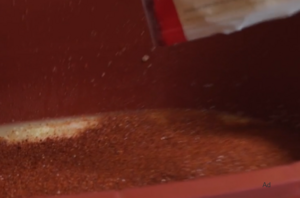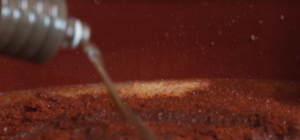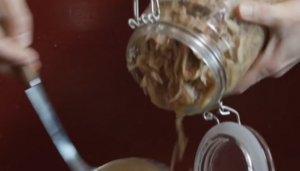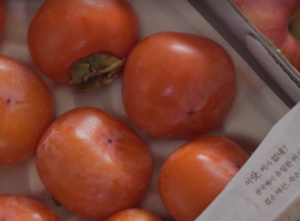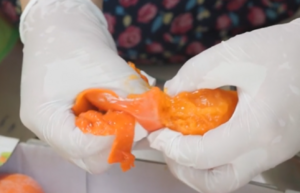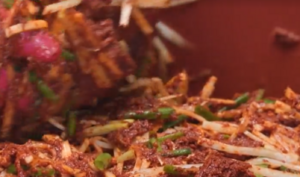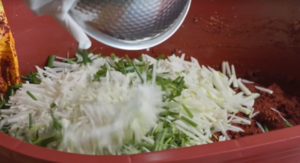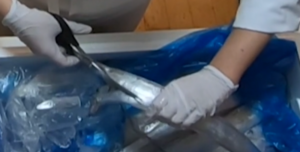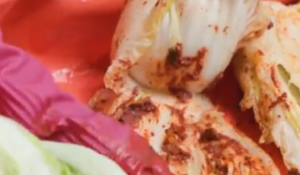Kimchi
Ingredients
- Water
- Cooked white rice (leftover rice is fine)
- Cabbage
- Radish, mostly cut sliced long and thin (3 inches and 3 mm thick), and leave some whole for making them into blocks later during storage
- Garlic
- Korean chili powder
- Minced apple and Asian pear (alternatively, ripe peeled persimmons without seeds) -- used instead of sugar
- Salted shrimp (젓갈)
- Salted fish sauce (진젓)
- Green chives (쪽파), cut to about an inch
- Hairtail (aka cutlassfish)
- Slices of front hock (pork)
- Containers for storage
Direction
- Prepare cabbages
- Wash thoroughly
- Make kimchi sauce
- Pour minced garlic into a container
- Grind cooked white rice with water (instead of sticky rice liquid, called 찹쌀풀 in Korean) and pour it into the container
- Pour chili powder
- Put salted fish sauce
- Put fermented salted shrimp
- Put minced apple/pear or permissions
- Mix well
- Mix in sliced radish and chives
- Prepare fish and
- Cut to about height, width ratio of 1:2 blocks
- Scrape in kimchi sauce between cabbage leaves (from inside to out)
- Don't stuff it with sauce, but lightly scrape it in equally
- Store
- Fold from the loose end with two flaps hanging to the side
- Use the remaining flaps to wrap around the fold
- Take a few green leaves and wrap about two blocks of fish and put in between prepared cabbages
- Note: adding more fish will dilute the saltiness, due to its water content
- Fish will need to be fermented more than 3 months before eating
- Add cuts of radish to the side as a means to adjust saltiness (water from radish will further dilute)
- Spread out slices of front hock in between layers of cabbages in the container
- Kimchi gains a "cool" taste ("전지가 들어가면 시원해 짐") as it ferments according to an expert
- Fill out the gaps on the top with loose (seasoned) leaves
